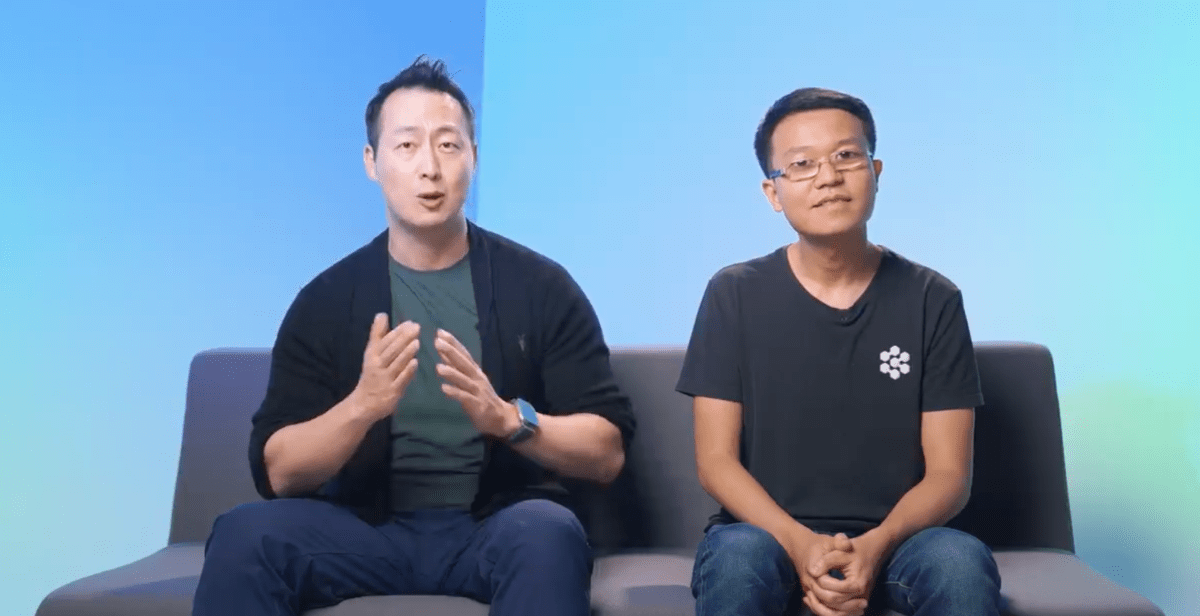Windsurf Acquired by Cognition: A Tale of Transition and Turmoil
Following the acquisition of AI coding startup Windsurf by Cognition, executive Jeff Wang took to X to shed light on the challenges surrounding the deal.
Failed Talks with OpenAI Opened New Doors
Windsurf was initially in acquisition talks with OpenAI, but that deal collapsed. Instead, Google DeepMind hired CEO Varun Mohan and other key personnel from Windsurf. Reports indicate Google will license Windsurf’s technology for $2.4 billion but will not acquire the company outright.
The Rise of “Reverse Acquihires”
This incident highlights a growing trend of “reverse acquihires,” where major tech firms hire key members from startups to mitigate antitrust concerns while licensing their technologies rather than executing full acquisitions.
Impact on Employees Left Behind
This raises a critical question: What happens to the startups and their employees once top talent departs? In a recent episode of Equity, a founder likened leaving executives to a captain abandoning ship in turbulent waters.
Windsurf’s Leadership Step Up Amidst Uncertainty
After Mohan’s exit, Wang, previously the head of business, took over as interim CEO. He expressed sympathy for Mohan and Chen, recognizing the difficulty of their situation.
All-Hands Meeting Reveals Employee Sentiments
During a company-wide meeting on June 11, expectations were high for news about the OpenAI deal. Instead, Wang had to share the disappointing Google acquisition and the departure of key figures. “The mood was very bleak,” he reflected. “Some were upset about financial outcomes, while others were anxious about the future; a few were in tears.”
Potential for Recovery
Despite setbacks, Wang believes Windsurf still has significant assets, including intellectual property and talented personnel, to pursue further investment, a sale, or continuing operations.
Negotiations with Cognition Begin
That same evening, Wang was in discussions with Cognition’s Scott Wu and Russell Kaplan. Following a frantic weekend of negotiations, they kept interest from other potential suitors in mind while also addressing the needs of Windsurf’s remaining engineers.
A Strategic Fit for Future Growth
Wang argued that Cognition and Windsurf make a great partnership due to complementary strengths. “Cognition had overinvested in engineering but underinvested in go-to-market and marketing,” he explained, adding that Windsurf possesses world-class talent in these areas.
Commitments to Employee Welfare
Wang noted a focus on ensuring the welfare of Windsurf’s employees was paramount during negotiations, resulting in a deal structure that includes payouts for all staff, the waiving of cliffs, and accelerated vesting for Windsurf equity.
A Rollercoaster Weekend: From Fear to Hope
The acquisition agreement was finalized at 9:30 AM on Monday, announced to the team shortly after, and disclosed to the public not long thereafter. In an interview with Bloomberg, Wang described the tumultuous Friday as “probably the worst day of 250 people’s lives,” followed by what felt like “probably the best day.”
Here are five FAQs with answers based on the scenario involving a Windsurf CEO discussing the mood before the Cognition deal:
FAQ 1: What prompted the CEO to describe the mood as "very bleak" before the Cognition deal?
Answer: The CEO felt the mood was "very bleak" due to a combination of challenging market conditions, declining sales, and a lack of innovative product development, which put pressure on the company’s performance and future growth.
FAQ 2: What was the significance of the Cognition deal for Windsurf?
Answer: The Cognition deal was significant because it represented a strategic partnership that could revitalize Windsurf’s product line, drive innovation, and improve market positioning, ultimately paving the way for recovery and growth.
FAQ 3: How did the CEO feel about the future after the Cognition deal was finalized?
Answer: After finalizing the Cognition deal, the CEO expressed optimism about the future. They believed the partnership would bring new resources, innovative ideas, and a renewed sense of direction for the company.
FAQ 4: What steps is Windsurf taking post-deal to improve its market outlook?
Answer: Windsurf is focusing on integrating Cognition’s capabilities, investing in research and development, and enhancing marketing strategies to better engage consumers and expand its market presence.
FAQ 5: How does the CEO plan to address the "bleak" mood among employees following the deal?
Answer: To address the mood among employees, the CEO plans to enhance internal communication, provide updates on progress and improvements, and foster a culture of openness and collaboration to rebuild morale and encourage a collective focus on future goals.


